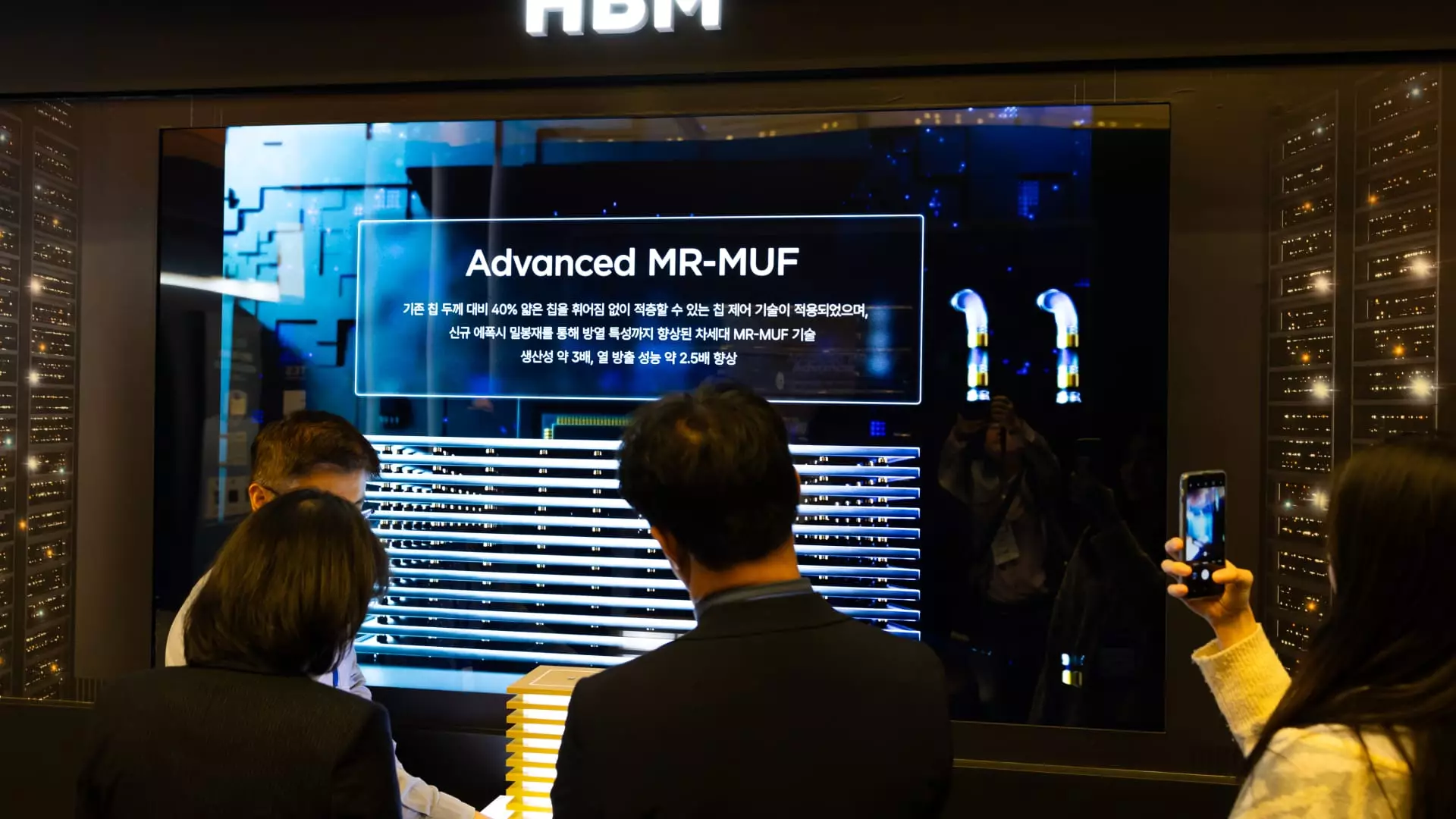In an era of heightened economic volatility, South Korea’s decision to allocate a staggering 33 trillion won (approximately $23.25 billion) towards its semiconductor industry is a striking move that exemplifies the nation’s tenacity and foresight. This significant investment comes at a precarious time, as uncertainty looms on the horizon due to U.S. tariffs that threaten to shake the very foundations of South Korea’s tech ecosystem. While it seems wise to bolster such an essential sector, one must question whether this response is sufficient to counter the broader implications of an unwarranted trade war instigated by fluctuating political agendas.
A Reaction to Uncertainty
Recent statements from former U.S. President Donald Trump signify a troubling trajectory in international relations and trade policies, especially as he hinted at upcoming tariffs on imported semiconductors. A vague threat delivered through social platforms creates disparities that undermine trust and global cohesion. To navigate such uncertainty, South Korea’s government is stepping up to the plate, providing financial support to underscore the importance of domestic semiconductor manufacturing. This response, while commendable, also reflects a systemic vulnerability that arises when industries become overly reliant on the whims of foreign policymakers.
Infrastructure Enhancements: A Smart Move?
Part of the funding will go towards improving infrastructure, such as underground power transmission lines dedicated to semiconductor clusters and an increase in financial support for advanced industrial complexes. On the surface, these measures may appear solid. However, the reality behind such investments raises eyebrows. Will these developments genuinely uplift the semiconductor industry, or are they simply a stopgap solution to a resurgence of global competition and aggressive U.S. tariffs? While enhancing infrastructure is essential for progress, it begs the question: Is South Korea merely treating the symptoms of a broader economic ailment?
Loan Schemes: A Double-Edged Sword
South Korea’s initiative to introduce low-interest loans amounting to 20 trillion won demonstrates a proactive approach to empower local semiconductor companies. However, one must critically evaluate the sustainability of this funding model. Providing loans without addressing the underlying issues could trap these companies in cyclical debt, ultimately stifling innovation rather than fostering it. It is critical to establish a diversified strategy that prioritizes not just financial support but also incentivizes global partnerships and a resilient supply chain to weather future economic storms.
The Need for Global Collaboration
The government’s commitment to funding research and educational initiatives for domestic talent is a positive step forward. Still, fostering true innovation within the semiconductor space requires breaking down silos and engaging with foreign experts. This could be the opportunity to dial down nationalistic tendencies that have dominated discourse in recent years and embrace a collective approach to technological advancement. In a world that thrives on connectivity, South Korea must prioritize global collaboration over isolationist impulses to ensure it does not fall behind in the fast-paced tech race.
As South Korea navigates these tumultuous waters, one fundamental truth remains: the nation’s resilience and ingenuity will ultimately dictate its success in the semiconductor arena. Yet, to emerge stronger, leaders must critically assess the economic landscape and avoid falling into the trap of reactive measures.


Leave a Reply